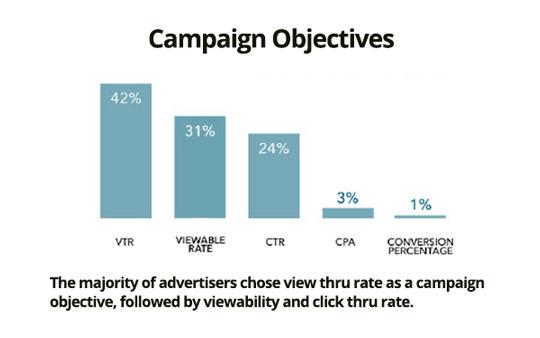Report: More than 1 In 4 Advanced TV Campaigns Use First-Party Data
- by Tobi Elkin @tobielkin, February 8, 2017
“Videology’s Q4 2016 U.S. TV & Video At-A-Glance” report indicated that these data segments could include past purchase history, website visits, registration data or loyalty data. The segments offer brands a way to use their direct relationship with customers to create more relevant advertising.
Among the report’s other findings:
--Videology saw a 273% increase in spending on linear TV advertising campaigns and an 840% increase in the number of linear TV impressions available to be bought and sold programmatically.
--For digital-focused campaigns, the report found that demographics remains a key focus for targeting, used on 100% of campaigns. This finding follows recent findings showing 51% of agency marketers believe that combining demo targeting with other targeting methods (such as behavioral or sales-based) is effective in driving conversions.
--Behavioral targeting was used on 33% of campaigns with a custom behavior segment used most frequently. Notably, during the political season, only 4% of campaigns used political behaviors for targeting. TV viewership data also remained an important targeting segment, used on nearly one-fourth of campaigns. Advertisers using their own TV campaigns was the most frequently used TV segment, followed by daytime programming, drama programming, and programs in competitors’ TV advertising schedules.
--In campaign goals, view-through rate was the highest chosen objective (42%) followed by viewable rate (31%) and click-through rate (24%). Among advertisers that chose viewability as an objective, the Media Rating Council standard remained the most frequently used (90%) followed by custom, more stringent, standards (10%).
“Brands that have a one-to-one relationship with their customers offers them a huge competitive advantage in advertising,” Scott Ferber, founder and CEO, Videology, told Real-Time Daily via email. “With today’s advanced TV technology, we can parse past digital behaviors and tie those to TV exposure data.”
The full report can be found here.



